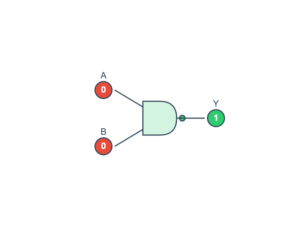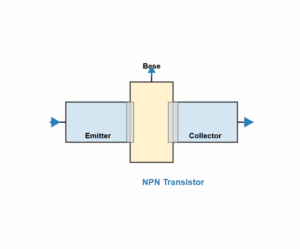Simple Pendulum Physics Simulation
Explore the relationship between pendulum length, period, and gravitational acceleration
Interactive Pendulum
Example
Question:
Consider a simple pendulum, having a bob attached to a string, that oscillates under the action of gravity. Suppose that the period of oscillation of the simple pendulum depends on its length (\(l\)), mass of the bob (\(m\)) and acceleration due to gravity (\(g\)). Derive the expression for its time period using the method of dimensions.
Solution:
Assume \[ T = k\,l^x\,g^y\,m^z, \] where \(k\) is dimensionless. Dimensions: \[ [T] = [L]^{x}\,[L\,T^{-2}]^{y}\,[M]^{z} = L^{\,x+y}\,T^{-2y}\,M^{z}. \] Equating exponents for each base dimension: \[ L:\;x + y = 1,\quad T:\;-2y = 1,\quad M:\;z = 0. \] Solving gives \(y = -\tfrac12,\;x = \tfrac12,\;z = 0\). Hence \[ T = k\,l^{1/2}\,g^{-1/2} = k\sqrt{\frac{l}{g}}. \] The constant \(k\) cannot be determined by dimensions alone.
Results
Percentage error in g: 3.2%
Error contributions:
- From length measurement (ΔL/L): 0.5%
- From time measurement (2×Δt/t): 2.2%
Pendulum Theory
Dimensional Analysis
The period T of a simple pendulum depends on:
- Length of string (L)
- Acceleration due to gravity (g)
- Mass of bob (m)
We assume the relationship:
Where k is a dimensionless constant. Writing the dimensional equation:
Equating dimensions:
For L: 0 = x + y
For T: 1 = -2y
Solving gives:
Thus the period is:
Experiment shows k = 2π for small angles, giving:
Error Analysis
The calculated value of g depends on measurements of L and T:
The relative error in g is:
Since T = t/n (where n is number of oscillations timed):



